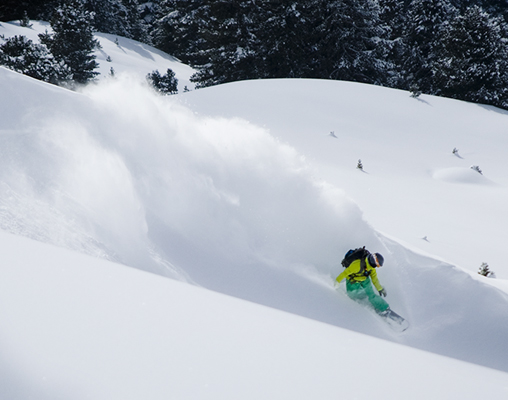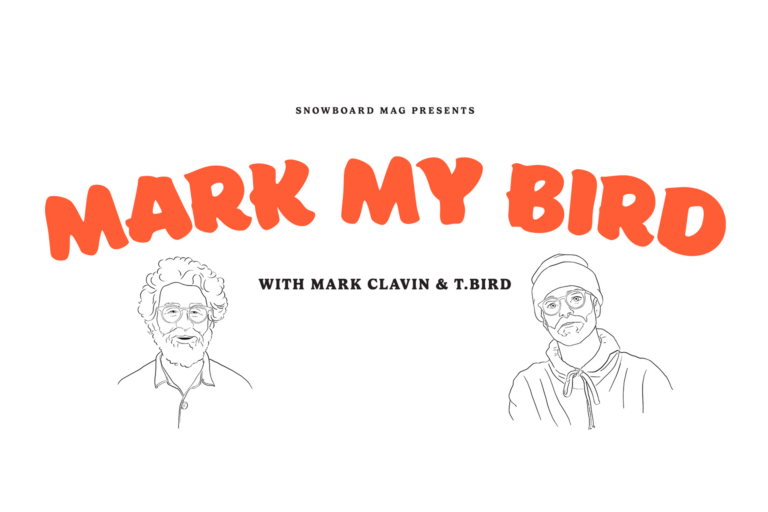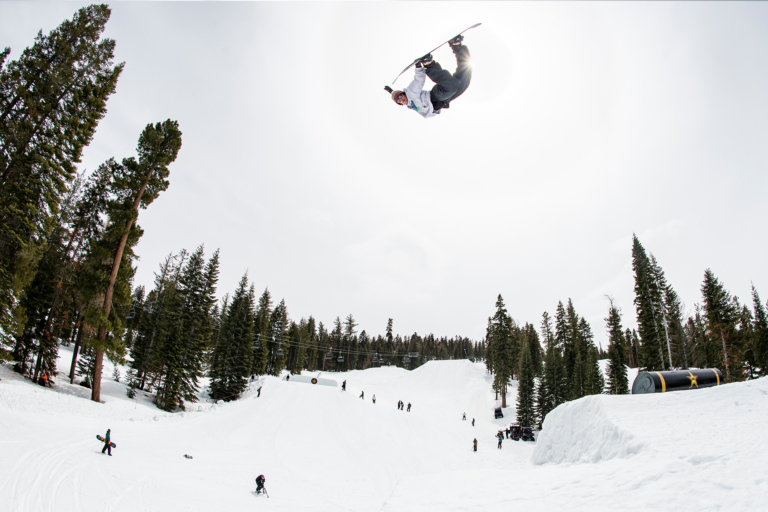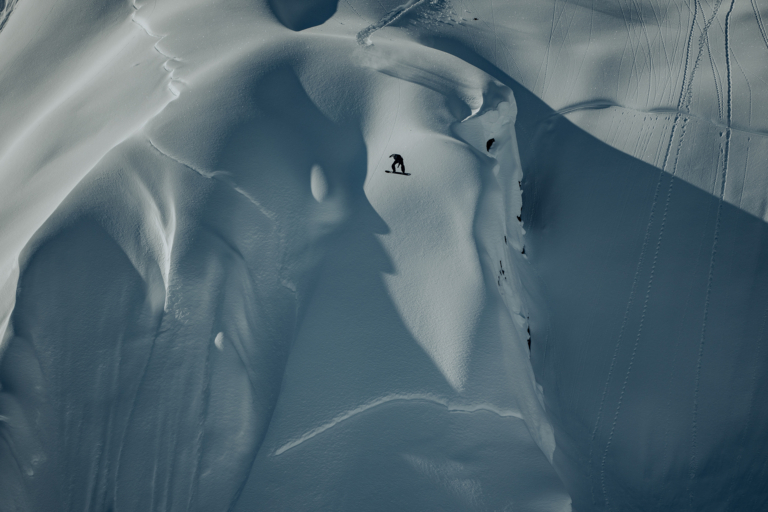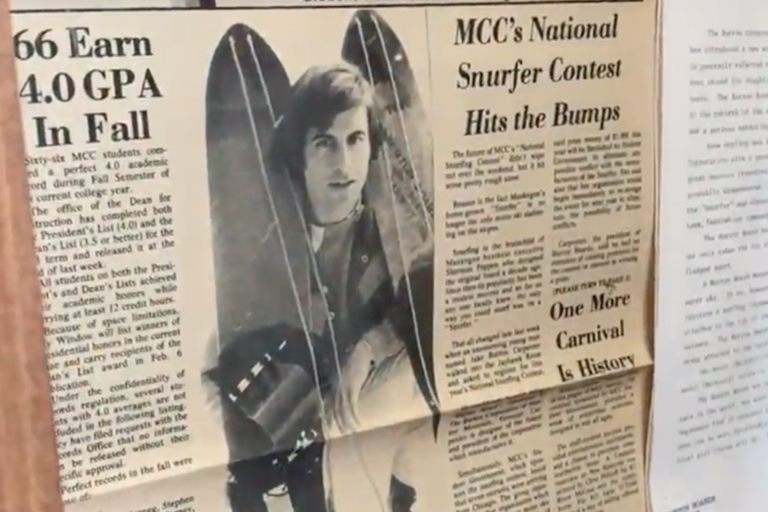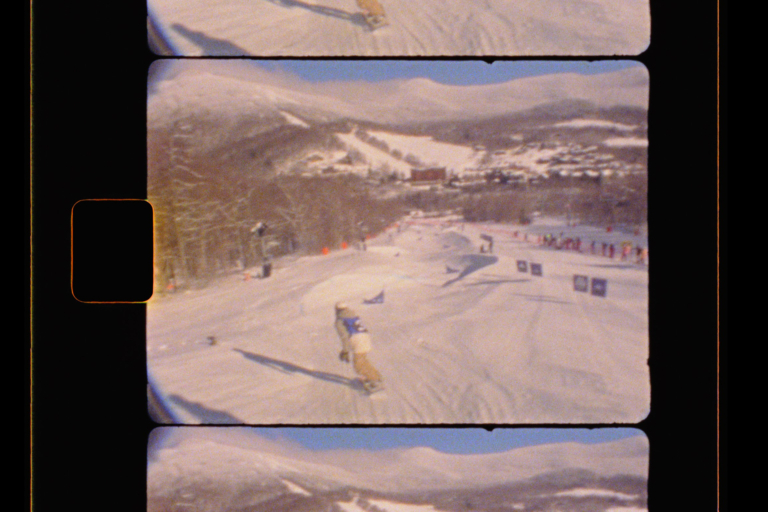
Amongst the metal shavings, hardware and big ideas which litter their factory outside Seattle, Washington, brothers Tyler and Bryce Kloster are working on next season’s prototypes. “We’re as excited about our next release as we were about the current design four years ago,” says Tyler. “We can’t tell you what it is yet, but you will be seeing it at the Trade Show in Denver this January.”
Given that these fellas have revolutionized the splitboard binding with their benchmark design of the Split-30, it’s fair to assume that whatever it is they’re working on is going to be another leap forward in the evolution of splitboarding.
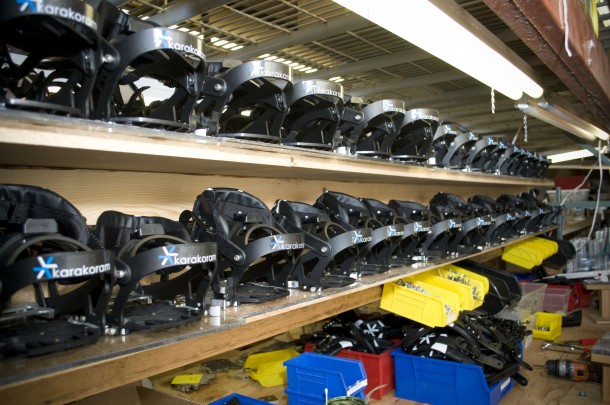
The first to think outside of the “puck” system by which most every other split binding operates, Karakoram is the binding that’s taken Jeremy Jones Deeper, Further and Higher than anyone in the history of the sport. Their advent of a system that makes a splitboard ride like a snowboard is one of the true product innovations of the past decade.
We recently caught up with Ty and Bryce, as well as sales and marketing man Chad Perrin, to try and pinpoint exactly what make splitboarding so great.
How did the idea for Karakoram come about?
Bryce Kloster: Both Tyler and I graduated from college with Mechanical Engineering degrees from the University of Washington not knowing what we wanted to do. It took us quite some time to come up with some ideas to build a company around but it really started when we got on splitboards years ago. It became clear after my first heelside turn that it didn’t feel like snowboarding AT ALL. I came home and gave my brother a call and said “Look, I don’t know how we’re going to do it, but we’re going to make a splitboard feel like a regular snowboard!”
Tyler Kloster: I agreed immediately. I mean when you work your butt off to get up the hill and the ride down doesn’t have the same reward as it would if you were on a normal snowboard, it’s a bit frustrating. So we saw an opportunity there.
Speaking of tge design you came out with four years ago- was this a flash of brilliance or good ol’ hard work?
BK: It took years of hard work. The thing is, we didn’t want to simply improve on a technology that someone else had come up with. We wanted to start with a clean slate. We came up with tons of different concepts and bounced them off of some people, who definitely thought we were crazy at the time. The concept that we are using now, the basis for our binding system, is one that we originally moved away from. It wasn’t until we spent some time working on another concept that we saw that our original idea was superior.
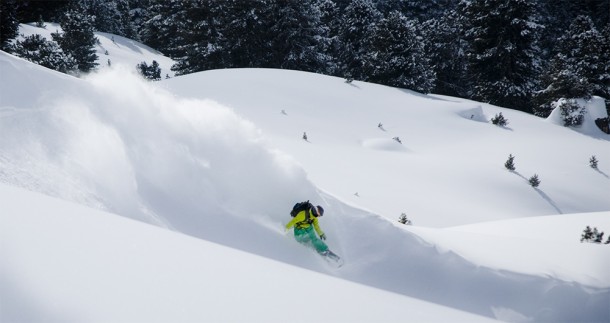
With a few other options out there, why are a pair of Karakorams worth the investment?
BK: For us it’s performance. To have that same feel as a solid board is very important to us. The way everything is attached, the second you make a movement that energy is translated directly to the board without any lag. Our products have a tangible benefit; they are not just an improvement on existing technology painted a different color. You can feel that they are better – it’s not just us telling you they are better.
TK: Another thing that we are very committed to and proud of is our domestic supply chain. It’s something we’ve engrained from the get go. Every ounce of product, with the exception of some straps and hardware components, which we have no choice but to get from China, is sourced from places within a few hours drive of our warehouse. For us the impact we’ve seen this have on our local economy, and the businesses we choose to work with, has been another reward of this venture. We are striving to be as sustainable as possible in this respect.
As a company from the Northwest, like many others, you have a level of authenticity that you simply can’t invent or market. Why do you think that is?
BK: It’s just engrained in our lifestyle. It’s just something you grow up doing in these parts. We never got into snowboarding because it was cool, we were just brought into the mountains by our parents like it was just something you do.

TK: You don’t go to the mountains up here because you are on vacation; you go up to the mountains here because it’s winter.
Chad Perrin: I look at the mountains we have in the Northwest as very inspirational. Whether it’s Stevens or Alpental or some of the volcanoes like Rainier or Baker, we have something up here that really inspires. We have a big history of mountain sports and at the same time this is without the huge resorts, with the exception of Whistler. If you look at snowboarding, the Northwest has led the charge in a lot of areas. The history of riders like Craig Kelly, Jamie Lynn, Mike Ranquet… all these guys are legends. So snowboarding and the Northwest go hand in hand, and anytime there is a company out of this area that represents that well it inevitably will come across in the product.
In your opinion what makes splitboarding so great?
TK: At the ski hill, everything is just go go go go until it’s skied out, whereas the mentality of splitboarding is way more low key. Everything is slowed down, and in the end you can enjoy it that much more.
CP: With splitboarding you are committing to something. What you are committing to is a lifestyle, the community, and the environment. There is the glamorous side of it all but there is also the dangerous side and splitboarding is about embracing it all. In splitboarding we don’t feel like we have any competition. We get along. We talk with Spark R&D all the time. We’re a community. I don’t want to sound weird but splitboarding is built on an older mindset, we have a real understanding of what it means to be out there in the mountains. With splitboarding there is no drama, nobody is too cool, and everyone looks out for one another. It is what it is. The experience of understanding your environment as you go up the line you are going to come down, for me that’s just fucking rad. A bluebird day with your friends and your objective and conquering that… or not… everything about that day is completely right. You are always living in the moment splitboarding. That’s all it is for me, it’s rad!
